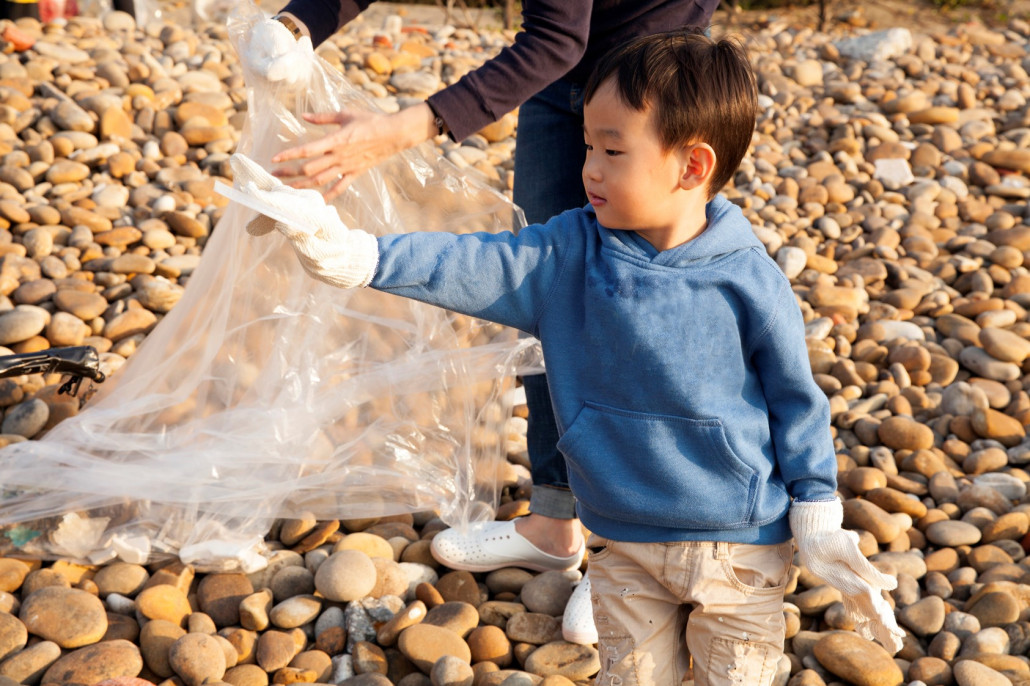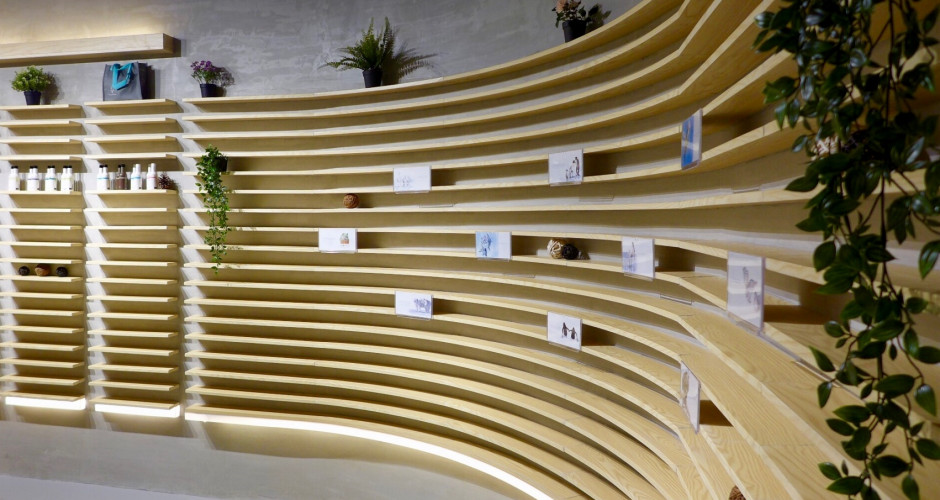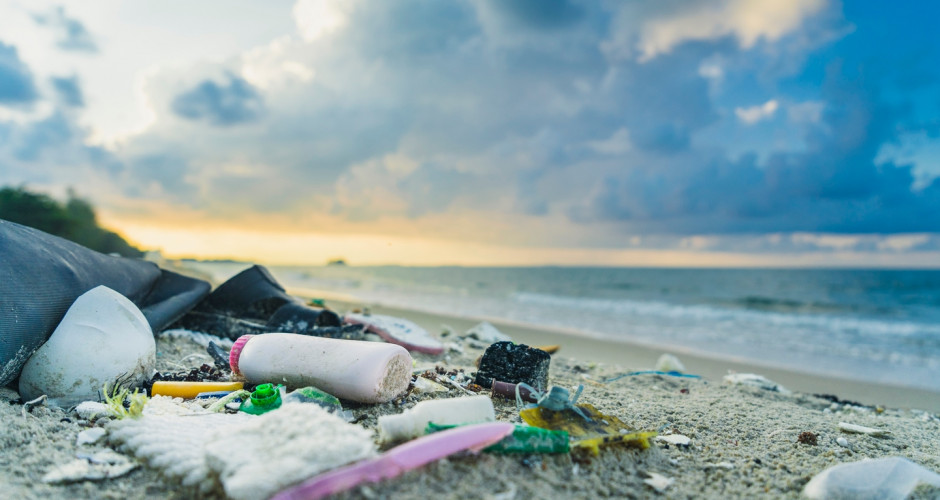Running barefoot on the beach, making sand castles and enjoying the sun…the beach brings back some of the fondest childhood memories for most people. The turquoise water and white sandy beaches, combined with joyful laughter, we all remember no longer exists. When did beaches become a home for litter? The ocean plastic pollution problem is only getting worse, and it’s happening everywhere.
Our ongoing efforts towards a greener tomorrow
Having dedicated 8 years to green practices, many people wonder what is the motivation behind such a commitment ? The answer is simple. Our passion for sustainability fuels our determination to protect earth and preserve its natural beauty for future generations.
In 2011, living by core values of Natural, Pure and Eco-friendly, we rallied staff and family members to join our first coastal cleanup event. For many people, it was their first time participating in an environmental movement and it opened up their eyes to the dumpster the beach has become. Each year, as we walk down the beach for our annual coastal cleanup volunteer effort, we are shocked by the reality of our plastic pollution problem. It’s a heartbreaking sight. Even hermit crabs have resorted to using the trash humans discarded as homes. Each year, our coastal cleanup serves as a wake-up call and a beacon of hope, inspiring action in support of our oceans.
Over the past 8 years, our volunteer group has expanded from only staff and family members to include our green suppliers and green salon hairdressers. In 2018, our group consisting of 203 volunteers picked up 494kg of trash along the coast including plastic bottles, caps and lighters, among many things. In 8 years, we have collected a whopping 5,891kg of trash, equivalent to 12,136kg of carbon emissions reduced and 1,103 20-year-old trees planted on earth. These statistics just reflect the harsh truth: marine plastic pollution is not getting any better, not matter how much waste is removed from the beaches.
Taking crisis as a chance
World Economic Forum (WEF) estimates that there will be more trash in the oceans than fish by 2050. According to Plastics in Seafood reported by Greenpeace in 2016, an estimated 8 million tons of plastic enters our ocean every year, meaning that there are 5 trillion pieces of plastic floating in the sea. Plastics make up 60-80% of all marine litter; once in the ocean, they break down into microplastics, or microbeads, which attract and leach out toxic chemicals and are consumed by marine life, eventually traveling up the food chain to the seafood on our plates. Microplastics are becoming a growing threat to human health and an increasing global environmental concern.
Taiwan’s The Reporter 8,000 tons of trash was collected worldwide in 2015. But we are looking at just the tip of the iceberg. From the statistics of coastal cleanup efforts in Taiwan over the past decade, plastic bags have taken over the top spot, meaning that a staggering 150,000 plastic bags have been collected to this day. What’s more horrifying is that an average of 18 billion plastic bags is used per year in Taiwan (source: Kühn (2015), Jambeck (2015), http://cleanocean.sow.org.tw/), so where did the rest of them go? How much was mistaken for food by marine animals? We’ll never know. The oceans are considered one of the biggest carbon sinks on the planet. When too much plastic is flooding our oceans, it disrupts the marine ecosystem. This, along with overconsumption of the world’s natural resources, leads to environmental destructions such as typhoons, flash floods, heavy rainfall and hail.
Oceans are the cradle of life. The only solution to the growing plastic problem is to prevent trash at the source. Start by cutting back on plastic, reusing materials or using reusable items. Step by step, we can restore the natural beauty of oceans and build a cleaner, healthier earth for all.






